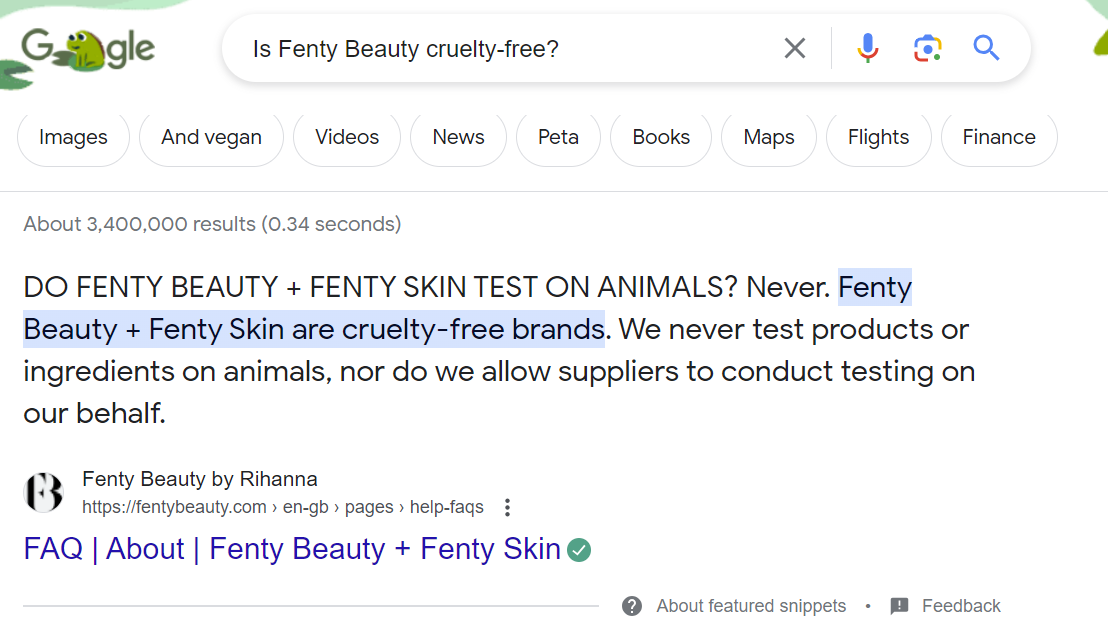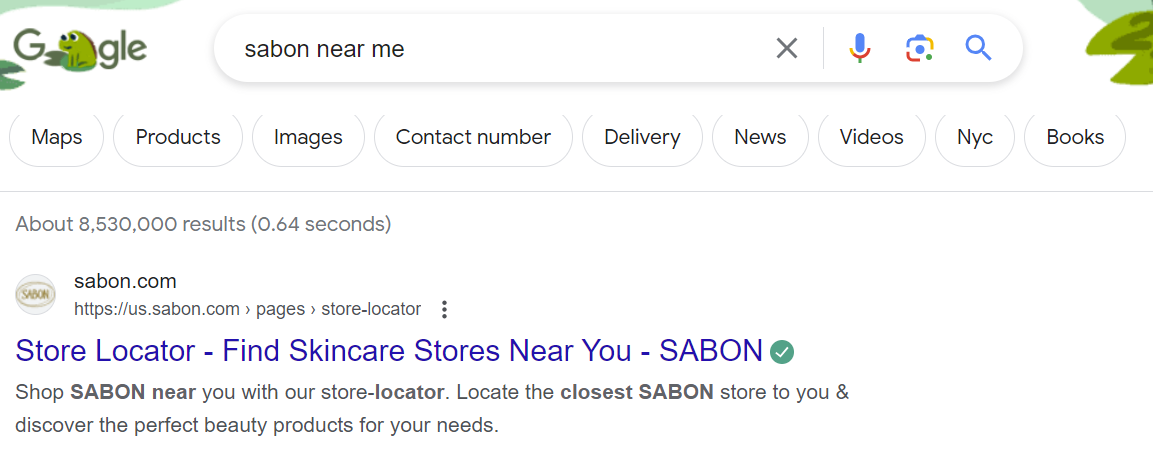What Are Micro-Moments and How Can You Use Them in Your Luxury Marketing?
As any luxury brand will know, luxury consumers are notoriously hard to convert. Their purchasing decisions are carefully considered and items are heavily researched. So, how can you move consumers along in their buyer's journey?
Within these longer luxury consumer sales cycles, fleeting moments — referred to as ‘micro-moments’ — are pivotal to successfully driving a purchase. They are critical for luxury brands to get right to keep potential customers within the sales funnel.
In this article, we explain what micro-moments are, why they matter, and how you can leverage them for your luxury brand. We also provide examples of micro-moments from top brands that are getting them right to help inspire your micro-moments strategy.
What Are Micro-Moments?
A micro-moment is an intent-rich moment when someone uses an electronic device to act on a need they have. A term coined by Google, it’s essentially a consumer search behavior where they take some kind of action.
There are four main types of micro-moments:
I-want-to-know
I-want-to-do
I-want-to-go
I-want-to-buy
Some examples of these micro-moments in action might be:
I-want-to-know: A potential customer has thought of a question about your brand or product and turns to their device to find the answer.
I-want-to-do: A customer is looking for a tutorial or guidance on how to style a particular high-end fashion accessory.
I-want-to-go: A customer is looking for a store to come in and physically view the luxury item, or perhaps they’re seeking a luxury hotel stay.
I-want-to-buy: A customer is ready to buy and is looking up the item to make the purchase.
Why Do Micro-Moments Matter For Luxury Brands and Consumers?
These micro-moments can really make or break a luxury consumer’s decision to purchase from a brand, which is why it’s so critical for brands to ensure that prospects get the best possible experience from them.
When your potential customers have a want or a need, your brand has to be there to answer it right away. If not, you might just lose out on that sale to a better-prepared competitor.
For instance, if a customer is browsing your products in a store and likes something they see, they might turn to their device on the spot to carry out a little more research. They might look up reviews and testimonials to check the quality of the product. If they then can’t find anything, they might just put it down and move on to the next store.
On the other hand, if your brand is prepared for any micro-moments that occur for a customer, it can create a strong opportunity for brand engagement. Providing speedy answers to customers right when they need it can establish a strong sense of trust and credibility for your brand. It can also give you a competitive edge against brands that are lacking, and drive home those all-important conversions.
How to Leverage Micro-Moments as a Luxury Brand
Now that you’re more familiar with what micro-moments are, it’s time to start implementing a strategy for your brand.
ANSWER TOP QUESTIONS ABOUT YOUR BRAND
Your customers have questions about your product, brand, and industry. With some keyword and query research, you can discover what these top questions are and then produce content that answers them.
For example, some of the top questions that searchers ask about Fenty include ‘Is Fenty Beauty cruelty-free?’ and ‘Who owns Fenty Beauty?’.* So, rather than leaving these users in the dark or letting them stumble across other celebrity-owned cruelty-free brands, they drew up an FAQ page that appears at the top of SERPs to answer these questions quickly and conveniently.
Search Engine Result Page for the query ‘Is Fenty Beauty cruelty-free’ on 02/26/24
TARGET MOBILE-CENTRIC SEARCHES
When consumers carry out searches on the spot, they’re most likely using a mobile device, because it’s usually close by. In fact, mobile is so important when it comes to luxury that more than half of luxury consumers expect brands to have a mobile site and 43% expect to be able to make a purchase from there.
Whatever they’re searching for on their mobiles around your products, give off great signals that can help you to further target customers during these micro-moments.
A good example of a popular mobile-centric search is one that includes ‘near me’. If a consumer is searching for restaurants, bars, hotels, stores, etc. ‘near me,’ then they’re probably carrying out an ‘i-want-to-go’ or ‘i-want-to-buy’ micro-moment, ready to set off to whichever destination appears at the top of their search results and potentially make a purchase. Getting your brand positioned at the top of these ‘near me’ search results will require having an optimized GMB listing, as well as a store finder page.
Sabon’s luxury marketing team have this nailed, with their brand store locator page sitting at the top of Google search results for the query ‘sabon near me’.
Search Engine Result Page for the query ‘Sabon near me’ on 02/26/24
LEVERAGE PAID ADVERTISING
Micro-moments can go beyond SEO and local SEO to encompass PPC. In fact, it’s a great way to reach customers during critical micro-moments.
While SEO tactics can take a few months to kick in and get your brand to feature prominently within targeted search results, a good PPC campaign can get you positioned at the top right away.
This is particularly helpful when consumers search for a brand name followed by, for example, ‘sale’. In this case, luxury brands may end up competing with their various sales channels, like luxury marketplaces. For instance, when searching ‘veronica beard sale’ the organic results display sales from Veronica Beard, as well as the Outnet, Trilogy Stores, Zalando, and more. But through targeting paid advertising — with both Google Shopping Ads and Google Search Ads — Veronica Beard can secure the top spot on the SERP, which takes customers to their sales page.
Search Engine Result Page for the query ‘Veronica Beard sale’ on 02/26/24
USE CUSTOMER INSIGHTS
Understanding your customer is key to capitalizing on micro-moments. Consumers are constantly putting out signals all over the internet during micro-moments and it’s the job of luxury brands — or their digital marketing agency — to pick up on them and curate targeted content.
Gucci are, of course, well aware that there are plenty of knockoffs and imitations of their products on the market. Customer insights reveal that authentication is a top concern for prospective buyers (the key phrase ‘How to tell if a Gucci bag is real’ is a top query on Google).* So, how can they make it quick, easy, and convenient for a customer to distinguish between what’s real and what’s fake?
The high-end fashion brand launched QR codes to allow their customers to authenticate their products with just a quick phone scan. By taking customers straight to the Gucci-owned authenticity page, customers can rest assured that their luxury purchase is the real thing.
CAPITALIZE ON IN-STORE KNOWLEDGE
Much of marketing is about understanding your customers, so why not leverage everything you know about them? If you’ve seen customers turn to their phone while shopping in-store, you could talk to them to find out what they were looking for during this micro-moment, and whether or not they found it and were satisfied with the results.
Charlotte Tilbury knows from their in-store insights that customers like to try on makeup before they buy. However, there are only so many shades and products that you can try before the makeup residue affects how the next product looks. So, back in 2017, they launched their Magic Mirror in-store to help customers try on endless makeup looks, in seconds.
Following on from its success, they decided to launch a virtual makeup try-on tool on their website in 2020. This helps to bridge the gap between online and in-store shopping, allowing customers to find the right shade without physical access to the items.
What Are Your Brand’s Micro-Moments?
Each brand has its own customer micro-moments, whether they’re researching the quality of a luxury handbag in store, or trying to assess which shade of lipstick suits their skin tone best.
Finding out what they are looking for and how to best cater to their needs in these fleeting moments can be the difference between a sale and a lost customer.
Get in touch with Block & Tam today to ensure your luxury brand is ready for any micro-moment that comes your way.
*keyword research performed on SEMrush on 02/26/24.







